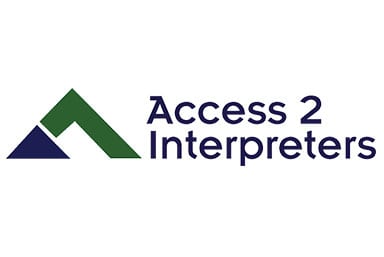
The History of American Sign Language
- Posted on
- access2interpreters
The History of American Sign Language
When asked to think of a language other than ‘English’, what is the first thing that comes to mind?
With so many spoken languages throughout the world, it can be easy for people to forget that “sign language” is a great response! Sign language has its own rich history and culture across many countries, and what some people may not realize is that just like spoken language, sign language in the United States is different from sign language in Russia.
American Sign Language (ASL) has its own nuances and linguistic structures, and even as you travel from Nevada to Louisiana to New York, ASL shifts among signers from different regions. New Yorkers tend to sign quicker and with sharper motions, and southerners sign with a more relaxed manner, spelling words out more often. This is called sociolinguistic variation, and goes to prove how rich the ASL dialect is in the United States.
With the history of the American spoken dialect, you might initially think that ASL takes its influence from British Sign Language. In fact, ASL stems from Old French Sign Language – a sign system created in mid-18th century France by deaf individuals. However, sign language didn’t officially make its way to America until 1814, when Thomas Hopkins Gallaudet met 9-year old Alice Cogswell, a bright girl without access to education because there were no American schools for deaf students like her.
Inspired to create an educational system for deaf children, Gallaudet traveled to Europe and found himself in Paris, where he learned a French signed language from Laurent Clerc and Jean Massieu at the Institut Royal des Sourd-Muets. Clerc accompanied Gallaudet back to America, and together, they founded the American School for the Deaf in Hartford, Connecticut in 1817.
Another famous figure in deaf history is Laura Bridgman. Although she did not sign American Sign Language, she was the first formally educated blind and deaf woman – first taught a full 43 years before Helen Keller was even born! Bridgman’s teachers introduced her to the ASL alphabet by signing the letters into her hand, and she was able to sign back by pressing letters back into her fellow conversationalist’s hand. Her fame spread rapidly throughout America, and little girls aspired to be like her.

Formalized American Sign Language is just over 200 years old, but there is so much vibrant history to this powerful language! A Columbus-based company, Access 2 Interpreters prides itself on providing reliable, 24/7 interpretation services for American Sign Language and over 189 other languages.

Comments are closed.